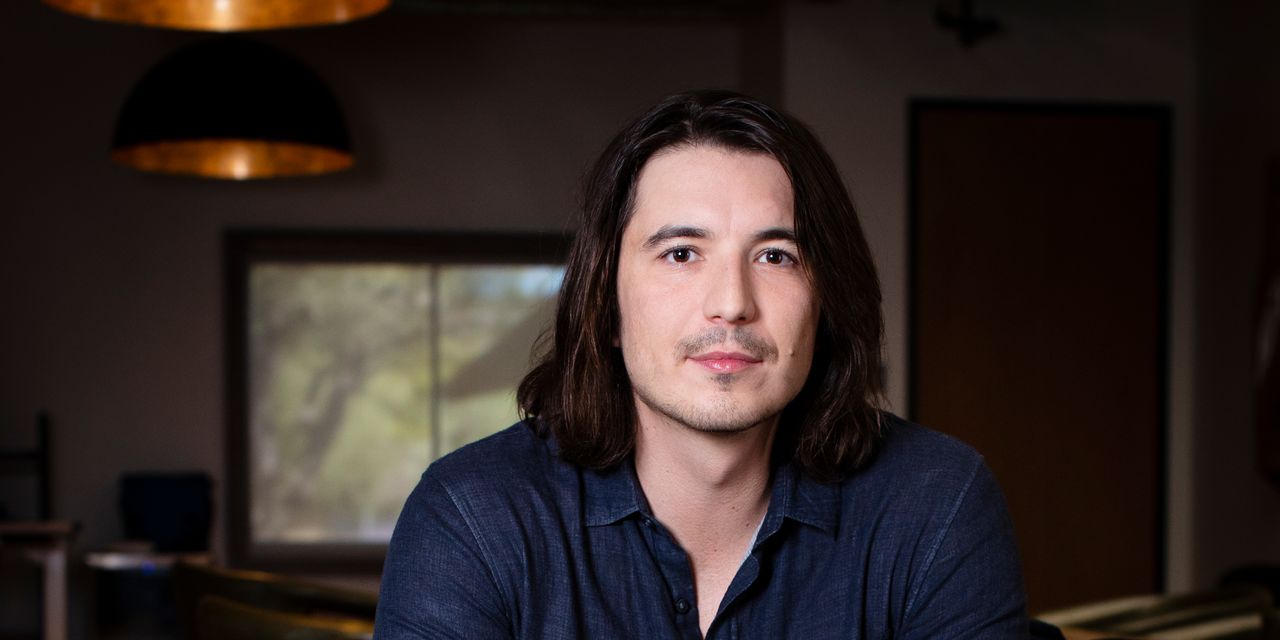Robinhood Markets Inc. priced its initial public offering at $38 a share, at the low end of expectations, after the popular trading platform met tepid demand for its highly anticipated debut.
The price chosen by the company and its underwriters is at the bottom of the range of $38 to $42 a share they had been targeting. It pegs Robinhood’s valuation at about $32 billion, far higher than the nearly $12 billion it fetched in a funding round a year ago but below the lofty prior expectations of some investors and bankers.
Robinhood has said it and some executives would sell 55 million shares, so the offering should yield more than $2 billion.
The price reflects both hesitation on the part of some investors, who bristled at what they saw as the high valuation Robinhood sought, as well as a conscious decision by the company and its underwriters to be conservative in order to help set up a successful first-day of trading, according to people familiar with the matter.
Next up for Robinhood is its trading debut, which the company will make Thursday on the Nasdaq stock exchange under the symbol HOOD. It is a markedly different debut than the traditional IPO. While most companies only allocate a small amount of stock to individual investors at the time of their IPOs, Robinhood sold a big chunk of its IPO shares to individual investors over its new platform that gives users access to IPOs before they start trading.













































